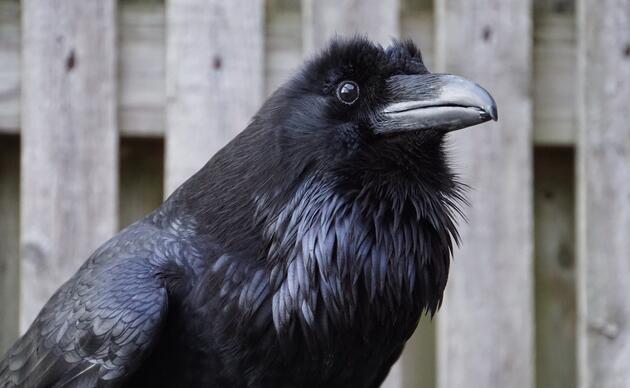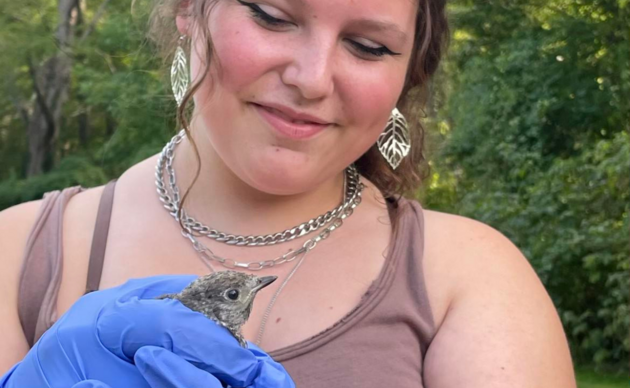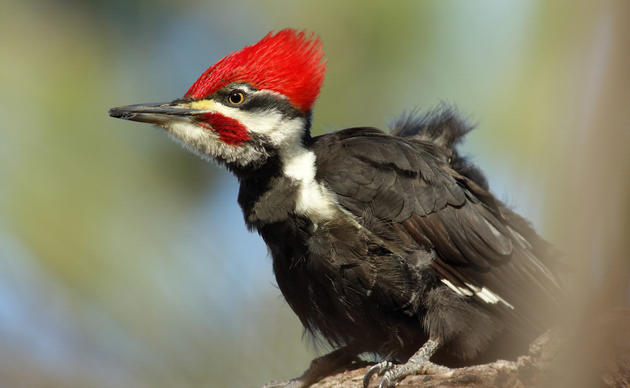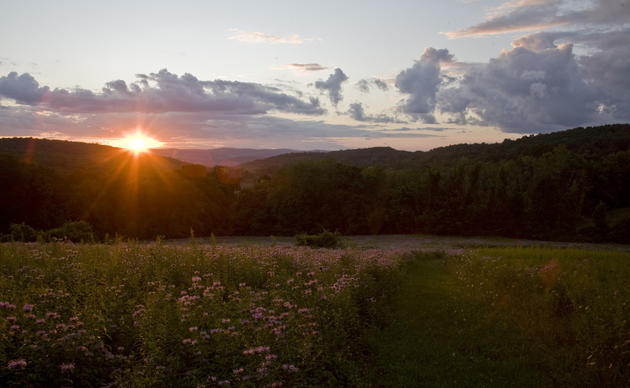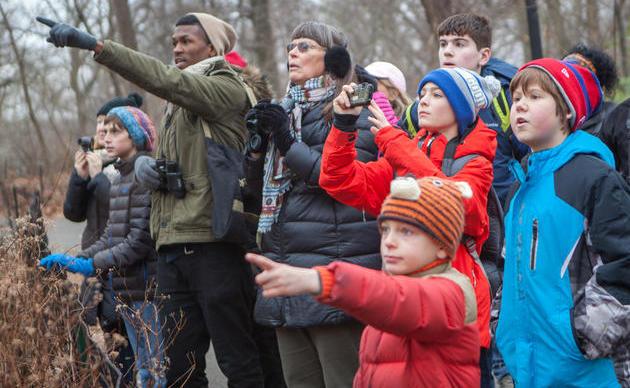Brought to Sharon Audubon Center: November 6, 2003
History: Norabo was found when he was less than a year old with a mysterious tail injury. A local veterinarian took care of him during his long healing process and as a result, Norabo lost his natural fear of humans. Norabo is our resident goofball, who loves to tug at the pant legs and shoelaces of the staff and volunteers here at Sharon Audubon Center. His tail feathers never fully returned to normal and his name “Norabo” literally means “No Tail” in Spanish. He currently resides in the Raptor Aviaries here at the center with our resident Black Vulture, Igor.
Turkey Vulture (Cathartes aura)
Did You Know? Unlike other birds, Turkey Vultures have a keen sense of smell that they use to locate food.
Average Length: 25 inches
Weight: Average of 2.2 lbs
Wingspan: 72 inches
Life Span: 5 - 15 years in the wild, up to 30 years in captivity
Description: This is a large soaring bird with entirely black-brown feathers, a red bald head, and a short, curved, ivory-colored beak. Immature Turkey Vultures have a gray head with a black beak tip. While soaring, they hold their wings in a V-shape and often tip them from side to side. They flap their wings very infrequently and often take advantage of rising thermals to keep them soaring.
Range and Habitat: The Turkey Vulture is found in open and semi-open areas throughout the Americas.
Diet: They feed primarily on dead animals, even ones that have begun to rot. The Turkey Vulture uses its sense of smell to locate food. Turkey Vultures have a very good sense of smell compared to other birds. It's heightened ability to detect odors allows it to find dead animals below a forest canopy.
Behavior: The Turkey Vulture is gentle and non-aggressive. They are usually found in large groups, venturing out independently during the day to forage for food.
Adaptations: Their bare head is a great adaptation for an animal that constantly sticks its head inside the bodies of dead animals. The nostrils are very wide and open so that you can see straight through them, allowing the bird to breathe while its head is inside of a carcass. When vultures are scared or threatened they have an interesting adaptation, which allows them to regurgitate the contents of their stomach, which is usually very effective in frightening away an attacker. Turkey Vultures will often defecate on their own legs, using the evaporation of the water in the feces to cool itself down.
How you can help, right now
Learn & Explore
Where birds thrive, people prosper. Help us transform local communities into places where birds flourish. Learn what you can do to nurture wildlife, nature, and conservation in Connecticut.
Support Our Work
Through land stewardship, science, education, and advocacy, we work to preserve habitat and protect bird species that are of state, national, and global concern. Your gift makes a difference.
Join Our Family
When you become a member of Sharon Audubon Center, you are protecting critical woodlands and a natural heritage for generations to come. Help us do great things.

